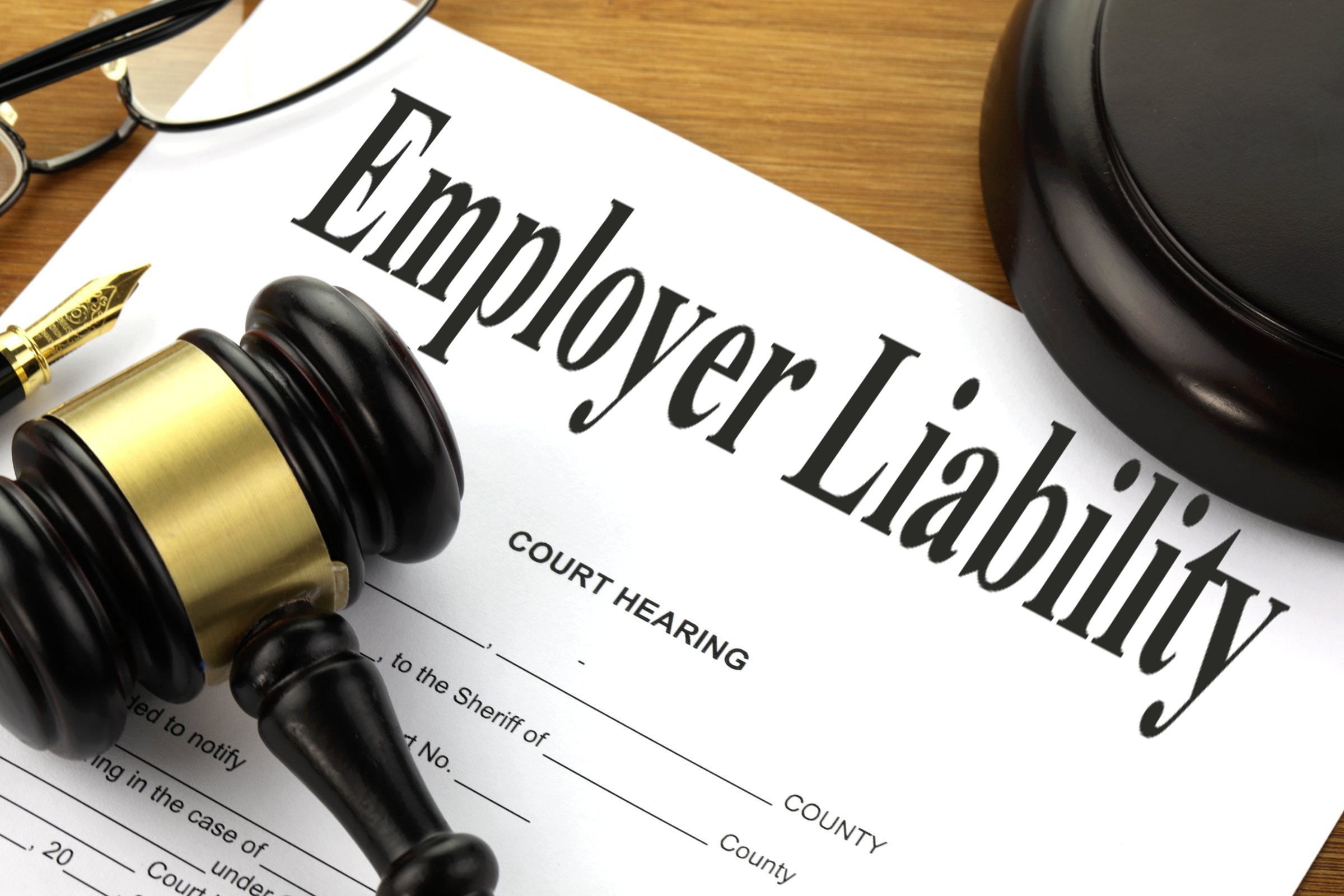Decoding Your Insurance Premium: What Really Drives the Cost
If you’ve ever wondered why your neighbour pays less for car insurance than you — even though you both drive the same model — you’re not alone.
In South Africa, where household budgets are under pressure, understanding how insurers calculate your premium can help you make smarter financial choices and even save money.
This post unpacks the key factors behind risk-based pricing — the system insurers use to determine what you pay — and how you can influence your rate over time.
1. What Is Risk-Based Pricing?
At its core, insurance is about managing risk. When you buy cover, your insurer is essentially betting on the likelihood that you’ll claim. The higher the risk, the higher the premium.
Risk-based pricing means that insurers use data — such as your age, location, driving record, or credit score — to estimate how likely you are to experience a loss. They then price your premium accordingly.
This approach ensures fairness in the system. Instead of everyone paying the same rate (which would punish low-risk customers), you pay a price that reflects your personal risk profile.
2. The Main Factors That Affect Your Premium
Here’s how risk-based pricing plays out in everyday South African life:
a. Where You Live
Your postal code can significantly influence your insurance cost.
For instance, if you live in Sandton or Cape Town’s City Bowl, where vehicle theft and hijacking rates are higher, your car insurance may cost more than someone in a smaller town like George or Potchefstroom.
Similarly, areas prone to flooding (like parts of KwaZulu-Natal or the Vaal) can push up home insurance premiums.
Insurance companies constantly update these “risk maps” based on claims data, SAPS crime statistics, and even weather events — such as the 2022 KZN floods that led to billions in claims.
b. Your Vehicle and Its Use
Your car’s make, model, and age all matter.
A high-performance VW Golf GTI or BMW M3 costs more to insure than a Toyota Corolla — not just because it’s worth more, but because statistics show it’s more likely to be stolen or involved in accidents.
Even how you use your car matters. If you commute daily from Midrand to Johannesburg, your exposure to accidents is higher than someone who drives only on weekends.
c. Your Driving Record and Behaviour
Accident history, traffic fines, and driving patterns (captured by telematics or “black box” devices) can all influence your rate.
Many South African insurers — such as Discovery Insure, OUTsurance, and MiWay — reward good driving behaviour with cashback bonuses or premium reductions.
For example, a customer who avoids harsh braking, speeding, and late-night driving could see premiums drop over time through “pay-as-you-drive” or “usage-based” insurance models.
d. Your Age and Experience
Younger drivers, especially under 25, typically pay higher premiums.
Statistically, they are more likely to be involved in accidents. But over time, maintaining a clean driving record can significantly reduce costs.
Similarly, a new homeowner might pay slightly more for building insurance until the insurer establishes a claims history.
e. Credit Score and Financial Behaviour
This one often surprises consumers.
In South Africa, many insurers factor in your credit score when pricing policies.
A person who manages debt responsibly is seen as more likely to maintain their policy and less likely to claim under financial stress.
This doesn’t mean a poor score automatically disqualifies you — but improving it can reduce your long-term insurance costs.
3. Factors You Can Control
While you can’t change where you live overnight, there are practical ways to influence your premium:
Install security features: An alarm, immobiliser, or tracking device can lower car insurance costs.
Increase your excess: Agreeing to pay a slightly higher excess can reduce your monthly premium — but make sure it’s affordable in the event of a claim.
Bundle your policies: Insuring your home and car with the same provider often earns you discounts.
Maintain your credit score: Pay accounts on time and limit unnecessary debt.
Update your details: Notify your insurer if you move to a safer area or drive fewer kilometres — both can reduce your risk rating.
Shop around regularly: The insurance market is competitive. Comparing quotes annually ensures you’re still getting fair value for your risk profile.
4. Common Myths About Premiums
Let’s clear up a few misconceptions:
Myth 1: My premium will automatically go down each year.
Not always — factors like inflation, repair costs, or higher regional risk can offset your personal improvements.Myth 2: Claiming won’t affect my future premiums.
Multiple claims within a short period increase your risk profile and can lead to higher costs or excesses.Myth 3: All insurers use the same formula.
Each insurer has its own risk model, which is why quotes can vary even with identical information.
Professional Takeaway
Risk-based pricing isn’t meant to penalise consumers — it’s a reflection of probability and fairness.
By understanding how insurers think, you can position yourself as a lower-risk client and take proactive steps to manage your premium.
In South Africa’s challenging economic climate, where every rand counts, financial literacy about your insurance costs is a form of risk management in itself.
Small habits — safe driving, regular policy reviews, and honest communication with your insurer — can lead to meaningful savings over time.
The smarter you manage your risks, the more control you gain over your financial future.










